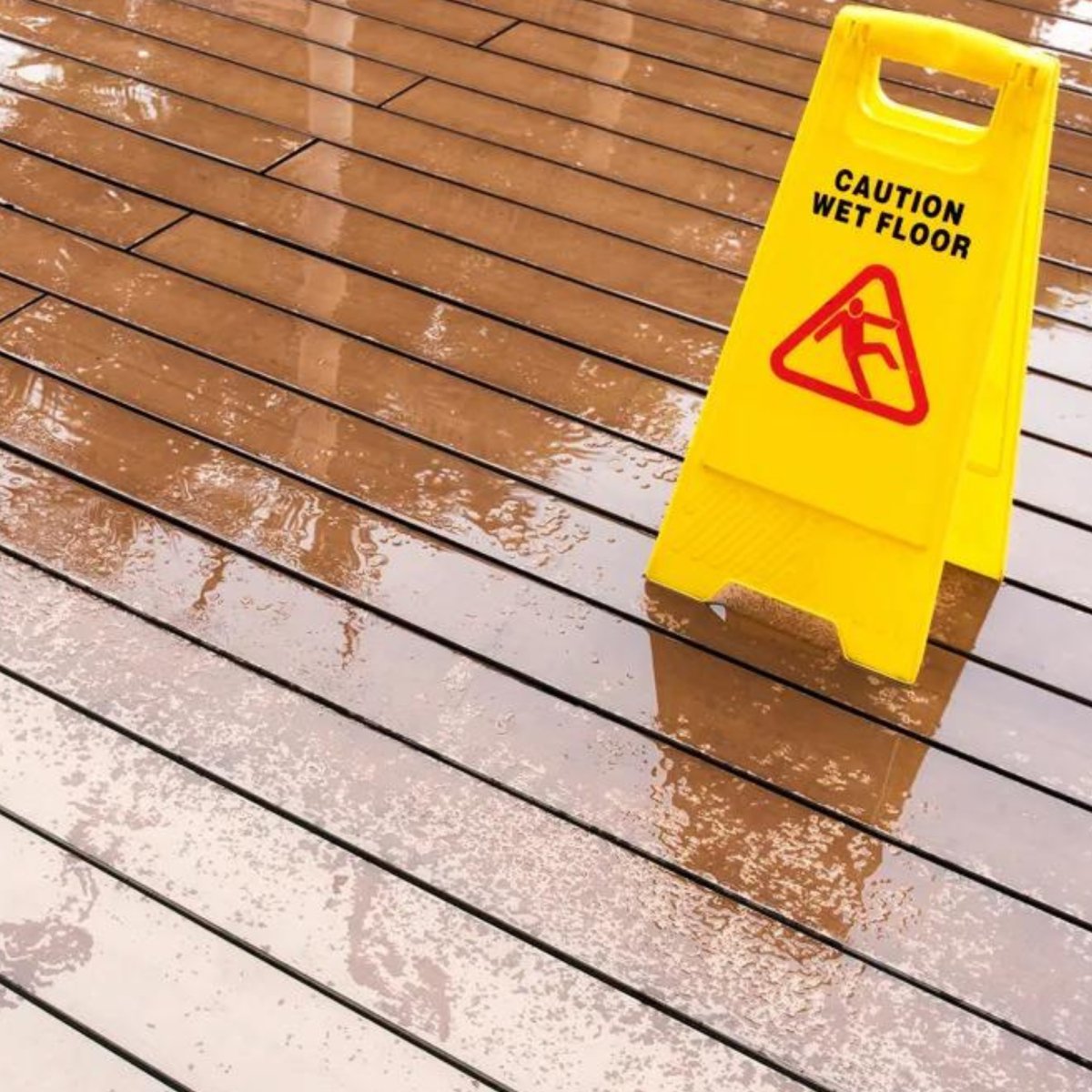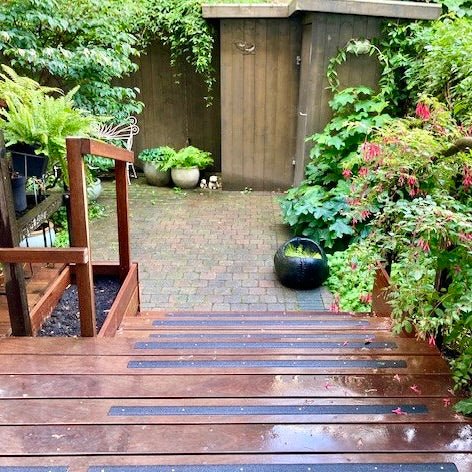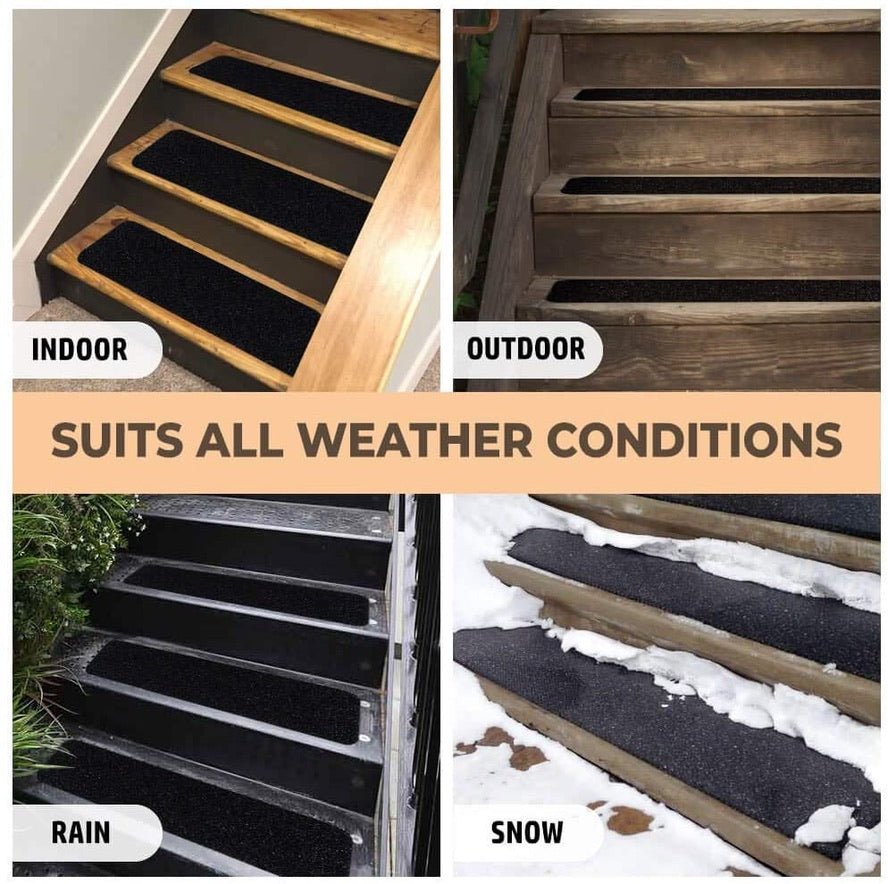Outdoor decking can be a beautiful addition to any home, providing a space to relax, entertain, and enjoy the outdoors. However, one common issue that homeowners face is the risk of slips and falls due to slippery decking, especially during wet or icy conditions. To address this concern, various solutions have emerged, with anti-slip tapes and anti-slip decking strips standing out as popular options. In this article, we will explore the pros and cons of each to help you make an informed decision for your specific needs.
Section 1: Understanding the Problem
Slippery decking poses a significant safety hazard, leading to potential injuries and accidents. The risk is amplified during adverse weather conditions such as rain, snow, or frost. Recognizing the importance of taking proactive measures to mitigate these risks is the first step in ensuring a safe outdoor space for you, your family, and guests.
Section 2: Anti-Slip Tapes - Pros and Cons
Pros
1. **Ease of Application:**
- Anti-slip tapes are known for their simplicity in application. They typically come in rolls or strips that can be easily affixed to the decking surface.
- This ease of application makes it a quick and convenient solution for those looking to address the slipperiness of their decking promptly.
2. **Cost-Effectiveness:**
- Anti-slip tapes are generally more budget-friendly compared to other alternatives such as decking strips. This can be an attractive feature for homeowners looking for a cost-effective solution.
3. **Variety of Designs:**
- Anti-slip tapes come in a variety of designs and colors, allowing homeowners to choose an option that complements the aesthetic of their outdoor space.
- The availability of different designs provides a level of customization that may not be as easily achievable with other solutions.
Cons
1. **Durability:**
- Over time, anti-slip tapes may experience wear and tear, especially in high-traffic areas. This can lead to a reduction in effectiveness and may require periodic replacement.
2. **Weather Sensitivity:**
- The effectiveness of anti-slip tapes can be influenced by weather conditions. Heavy rain or extreme temperatures may impact the adhesion and overall performance of the tape.
3. **Long-Term Maintenance:**
- While easy to apply initially, anti-slip tapes may require ongoing maintenance, including replacement and reapplication, to ensure continued effectiveness.
Section 3: Anti-Slip Decking Strips - Pros and Cons
Pros
1. **Durability:**
- Anti-slip decking strips are known for their durability, providing a long-lasting solution to slippery decking.
- These strips are designed to withstand heavy foot traffic, making them suitable for high-traffic areas.
2. **Effective in High-Traffic Areas:**
- The robust nature of decking strips makes them particularly effective in areas where foot traffic is frequent, such as entranceways or pathways.
3. **Weather Resistance:**
- Anti-slip decking strips are designed to be weather-resistant, ensuring consistent performance even in challenging weather conditions, including rain, snow, and fluctuating temperatures.
Cons
1. **Installation Complexity:**
- Compared to anti-slip tapes, the installation of decking strips may be more involved. It might require more time and effort, potentially involving cutting and securing the strips onto the decking.
2. **Cost:**
- The upfront cost of anti-slip decking strips can be higher than that of tapes. Homeowners need to weigh this initial investment against the long-term benefits and durability of the strips.
3. **Aesthetic Considerations:**
- Some homeowners may find that the visibility of decking strips on their decking surface impacts the overall aesthetics. This is a subjective consideration that varies from person to person.
Section 4: Choosing the Right Solution for Your Deck
Selecting between anti-slip tapes and anti-slip decking strips depends on various factors, and a one-size-fits-all approach may not be suitable. Consider the following:
- **Level of Foot Traffic:**
- If your decking experiences high foot traffic, especially in specific areas, anti-slip decking strips may provide a more durable solution.
- For lower-traffic areas, anti-slip tapes may offer a cost-effective and practical option.
- **Local Weather Conditions:**
- If your region experiences frequent rain or snow, or extreme temperature variations, the weather resistance of anti-slip decking strips may be advantageous.
- In more temperate climates, where weather fluctuations are minimal, anti-slip tapes may be sufficient.
- **Aesthetic Preferences:**
- Consider the visual impact of each solution on the overall aesthetics of your decking. Anti-slip tapes offer a variety of designs, while decking strips may be more visible.
Section 5: Maintenance and Long-Term Considerations
Both anti-slip tapes and anti-slip decking strips require some level of maintenance:
- **Anti-Slip Tapes:**
- Periodic checks for wear and tear.
- Replacement of tapes in high-traffic areas as needed.
- Reapplication as required, especially after extreme weather conditions.
- **Anti-Slip Decking Strips:**
- Routine inspection for any signs of damage or wear.
- Cleaning to maintain effectiveness.
- Minimal replacement, as these strips are designed for long-term use.
Consider the long-term costs associated with maintenance when making your decision.
Conclusion
In conclusion, both anti-slip tapes and anti-slip decking strips offer viable solutions to the common problem of slippery outdoor decking. The choice between the two depends on factors such as the level of foot traffic, local weather conditions, aesthetic preferences, and long-term maintenance considerations. By weighing the pros and cons of each option, homeowners can make an informed decision to create a safer and more enjoyable outdoor space for all. Remember, safety should always be the top priority when considering solutions for slippery decking.
Anti-Slip Tapes vs. Anti-Slip Decking Strips














